Home>Interior Design>Colors To Avoid Painting Your Home After Big Life Changes
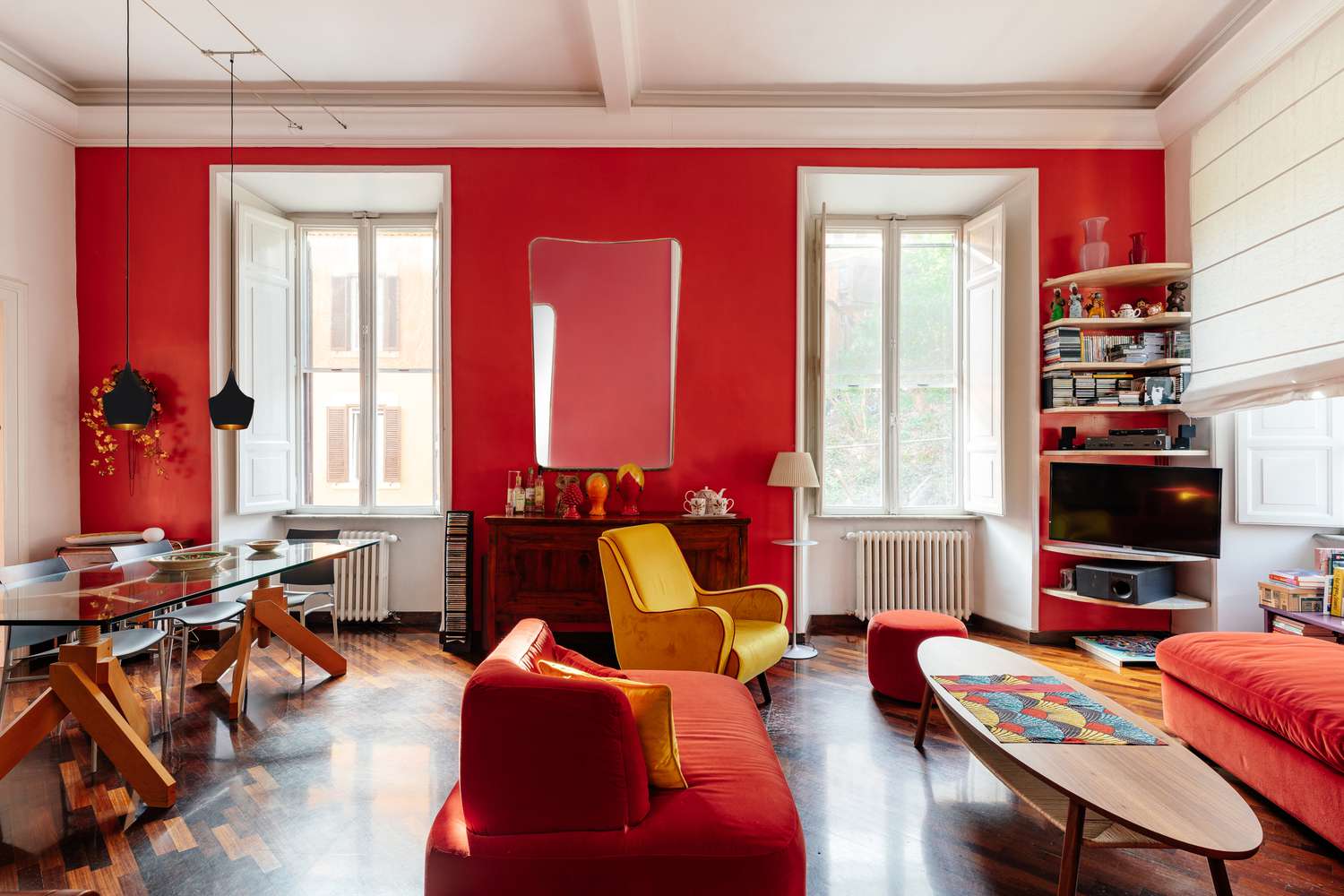

Interior Design
Colors To Avoid Painting Your Home After Big Life Changes
Modified: August 26, 2024
Discover the interior design colors to avoid when painting your home after major life changes. Create a new atmosphere that reflects your fresh start and personal style.
(Many of the links in this article redirect to a specific reviewed product. Your purchase of these products through affiliate links helps to generate commission for Storables.com, at no extra cost. Learn more)
Introduction
Choosing the right colors for your home is crucial in creating a space that reflects your style, personality, and lifestyle. Colors have a profound impact on our emotions and can greatly influence the overall atmosphere of a room. Whether you’re moving into a new home or going through a significant life change, such as a new job, a marriage, or the arrival of a baby, it’s important to be mindful of the colors you choose for your surroundings.
In this article, we will explore the colors that should be avoided when painting your home after experiencing big life changes. While color preferences are subjective, certain shades can have negative connotations or evoke emotions that may not align with the new phase of your life. By understanding these colors and their effects, you can make more informed choices when it comes to creating a harmonious and supportive environment in your home.
Key Takeaways:
- Choose colors that promote positivity and stability after big life changes. Avoid red, black, dark blue, gray, bright yellow, dark brown, and white, or use them sparingly to create a harmonious and supportive environment.
- Incorporate colors that reflect your current needs and desires. Soft blues, greens, warm neutrals, and gentle shades of yellow can create an atmosphere of tranquility, optimism, and comfort during transitional periods.
Using the Right Colors for Your Home
Before diving into the colors to avoid after big life changes, let’s first discuss the importance of using the right colors for your home. When it comes to interior design, color plays a vital role in setting the mood, creating visual interest, and establishing a cohesive look throughout your space.
When choosing colors for your home, consider the following factors:
- Personal Preference: Start by identifying the colors that resonate with you and make you feel comfortable and happy. This will ensure that your home reflects your personal style and helps promote a sense of wellbeing.
- Functionality: Different rooms within your home serve different purposes, and the colors you choose should reflect that. For example, soothing and calming colors like light blues and greens are often preferred for bedrooms, while vibrant and energetic colors like yellows and oranges work well in a home office or exercise room.
- Lighting: Take into consideration the natural and artificial lighting in your home. Natural light can enhance or alter the look of a color, so it’s important to test the shades in different lighting conditions before making a final decision.
- Room Size: Colors have the ability to visually expand or shrink a space. Lighter colors can make a room feel more spacious, while darker shades can create a cozy and intimate atmosphere in larger rooms.
- Color Combinations: Consider the overall color palette of your home. Choose colors that complement each other and create a harmonious flow from one room to another.
By carefully considering these factors, you can create a visually appealing and emotionally satisfying environment in your home. Now, let’s explore the colors that should be avoided after experiencing significant life changes.
Colors to Avoid after Big Life Changes
When going through big life changes, such as a new job, marriage, or the arrival of a baby, it’s important to choose colors that support and uplift you during this transition. Here are some colors that you may want to avoid:
- Red: While red is a bold and vibrant color, it is also associated with strong emotions such as anger and intensity. After a major life change, it may be beneficial to avoid colors that evoke such strong emotions. However, if you still want to incorporate red, consider using it sparingly as an accent color rather than the dominant shade.
- Black: Black is often associated with mourning and sadness. It can create a heavy and somber atmosphere, which may not be ideal during a period of transition. Instead, opt for lighter or warmer neutral colors to create a more welcoming and uplifting ambiance.
- Dark or Deep Blue: While blue is generally considered a calming color, dark or deep shades of blue can evoke feelings of sadness or melancholy. If you’re experiencing a major life change, it may be best to choose lighter shades of blue or explore other colors that promote positivity and optimism.
- Gray: Gray can create a sense of neutrality and detachment. While it is often used as a versatile and modern color in interior design, it may not be the best choice after a big life change. Instead, opt for warm neutrals or earthy tones that promote a sense of stability and comfort.
- Bright Yellow: While yellow is a cheerful color that can promote feelings of happiness and energy, bright shades of yellow can be overwhelming and intense. Instead, consider opting for softer shades of yellow or incorporate it as an accent color to add pops of brightness without overwhelming the space.
- Dark Brown: Dark brown can create a sense of heaviness and stagnation. It may not be the best choice when you’re looking to embrace change and new beginnings. Instead, consider using lighter shades of brown or explore other earthy tones that create a warm and welcoming atmosphere.
- White: While white is often associated with cleanliness and simplicity, it can also create a sterile and cold environment. After a big life change, you may want to avoid a space that feels too clinical. Instead, consider using warmer off-white colors or exploring other soft and soothing neutrals.
Remember, these are general guidelines, and your personal preferences should ultimately guide your color choices. If a particular color brings you joy and comfort despite the associations, feel free to incorporate it in a way that feels authentic to you.
Red
Red is a powerful and attention-grabbing color that symbolizes passion, energy, and excitement. It can create a stimulating and lively atmosphere in a room. However, after experiencing significant life changes, it may be beneficial to avoid using red as the dominant color in your home.
Red is often associated with strong emotions such as anger, aggression, and intensity. It can evoke feelings of restlessness and urgency, which may not align with the sense of stability and calmness you may desire during a transitional period.
If you still want to incorporate red into your home, consider using it as an accent color instead. This will allow you to add touches of vibrancy and energy without overwhelming the space. Incorporate red through accessories such as pillows, artwork, or curtains, or choose a single statement piece of furniture in a bold red hue.
When using red, it’s important to consider the shade. Bright and bold shades of red, such as fire-engine red or cherry red, can be particularly intense. If you prefer a more serene and balanced ambiance, opt for softer shades of red, such as coral or rose.
Additionally, consider the purpose of the room when deciding to use red. Red can be an invigorating color in spaces where activity and socialization occur, such as a living room or a dining area. However, it may not be ideal for spaces where you seek relaxation and tranquility, such as a bedroom or a meditation room.
Remember, the goal is to create a harmonious and supportive environment that aligns with your current phase of life. By being mindful of the colors you choose, including red, you can create a space that promotes positivity, balance, and emotional well-being.
Black
Black is a color often associated with elegance, sophistication, and mystery. It can add a sense of drama and contrast to a space. However, after experiencing significant life changes, it may be best to avoid using black as the dominant color in your home.
Black is frequently linked to mourning and sadness, and it can create a somber and heavy atmosphere. This may not be the ideal ambiance to cultivate during a transitionary period when you are seeking positivity and a fresh start.
Instead of using black, consider incorporating lighter or warmer neutral colors that can create a more welcoming and uplifting environment. Shades of white, beige, or taupe can help create a sense of openness and lightness, providing a blank canvas for new beginnings.
If you still desire the elegance that black can bring, consider using it sparingly as an accent color. For instance, you can incorporate black through furniture pieces, decor items, or artwork. By using black strategically, you can add touches of sophistication and contrast to the room without overwhelming the space.
When deciding to use black, consider the overall lighting in the room. Black can absorb light and make a space feel smaller and more confined. In well-lit areas, it may be easier to incorporate black without compromising the overall ambiance of the room.
Remember, the goal is to create a space that supports and uplifts you during this period of change. By being mindful of the colors you choose, including black, you can create a home that fosters a sense of positivity, optimism, and a fresh start.
Read more: 10 Small Decor Changes For Big Impact
Dark or Deep Blue
Blue is often associated with serenity, calmness, and tranquility. It can create a soothing and relaxing atmosphere when used in lighter shades. However, when it comes to dark or deep shades of blue, it may be best to avoid using them as the primary color in your home after experiencing significant life changes.
Dark or deep blue can evoke feelings of sadness or melancholy, which may not align with the sense of positivity and optimism you may desire during a period of transition. The darker tones may create a heavy and somber atmosphere that you’d prefer to avoid.
If blue is a color that resonates with you and you’d still like to incorporate it into your home, consider opting for lighter shades of blue instead. Light blue hues, such as sky blue or baby blue, can create a sense of calmness and serenity without the potential for sadness or heaviness.
Another option is to use blue as an accent color rather than the dominant color in the room. This allows you to incorporate pops of blue through accessories, artwork, or textiles. By using blue strategically, you can infuse a sense of tranquility without overwhelming the space.
Additionally, consider the purpose of the room when deciding to use blue. Lighter shades of blue can be particularly soothing in areas where relaxation and rejuvenation are desired, such as the bedroom or a reading nook. However, in spaces where creativity and energy are needed, such as a home office or a playroom, you may want to consider incorporating more vibrant and energizing colors.
Remember, the goal is to create a harmonious and supportive environment in your home. By being mindful of the colors you choose, including dark or deep blue, you can create a space that promotes positivity, optimism, and an uplifting atmosphere during a period of significant life changes.
After big life changes, avoid painting your home with dark, intense colors like black or deep red, as they can create a heavy, somber atmosphere. Opt for lighter, more uplifting colors to promote a positive and fresh start.
Gray
Gray is often seen as a modern and versatile color choice in interior design. It can create a sophisticated and calming atmosphere in a room. However, when it comes to using gray after big life changes, it’s important to consider its potential effects on your emotional well-being.
Gray can create a sense of neutrality and detachment. It is a color that can sometimes evoke feelings of sadness or a lack of energy. After experiencing significant life changes, you may want to avoid a color that may contribute to feelings of stagnation or emotional distance.
If you still desire to incorporate gray into your home, consider using it in combination with warmer neutrals or other soft colors that promote a sense of stability and comfort. You can also play with different shades of gray, opting for those with warmer undertones to create a cozier and more inviting ambiance.
Another option is to incorporate pops of color alongside gray to add vibrancy and energy to the space. This can be done through furniture, artwork, or decor items that introduce more lively and uplifting hues into the room.
It’s also important to consider the lighting in the room when using gray. Gray can appear different under different lighting conditions, so it’s essential to test the shade in the space before making a final decision. Natural light can soften the coolness of gray, while warm artificial lighting can make it feel cozier.
Remember, the colors you choose for your home should reflect and support your current phase of life. By being mindful of the emotional impact of colors, including gray, you can create a space that promotes a sense of positivity, comfort, and emotional well-being during times of change.
Bright Yellow
Bright yellow is a color that exudes energy, happiness, and positivity. It can add a vibrant and cheerful touch to any room. However, when it comes to using bright yellow after experiencing big life changes, it may be best to approach it with caution.
While yellow is often associated with joy and optimism, bright shades of yellow can be overwhelming and intense. They can create a highly stimulating environment that may not provide the sense of calmness and stability you may desire during a transitional period.
If you still want to incorporate yellow into your home, consider opting for softer shades or pastels of yellow. These tones can still bring a sense of brightness and warmth without the intensity of a bright yellow. Soft yellows can create a cozy and inviting ambiance, reminiscent of sunshine and happiness.
Another way to incorporate yellow is by using it as an accent color rather than the dominant shade. This allows you to add pops of brightness and energy to the room without overwhelming the space. You can do this through accessories such as throw pillows, curtains, or artwork.
It’s important to consider the purpose of the room when deciding to use yellow. Bright yellow can be a great choice for spaces where activity and socialization occur, such as a kitchen or a living room. It can create an atmosphere that fosters engagement and a sense of liveliness.
However, in spaces where you seek tranquility and relaxation, such as a bedroom or a study area, it may be best to opt for more soothing and calming colors. Soft blues or greens can help create a more serene and peaceful environment.
Remember, the goal is to create a harmonious and supportive environment in your home. By being mindful of the colors you choose, including bright yellow, you can create a space that promotes positivity, balance, and emotional well-being during significant life changes.
Dark Brown
Dark brown is a color often associated with stability, grounding, and a sense of nature. It can create a warm and cozy ambiance in a room. However, when it comes to using dark brown after experiencing big life changes, it’s important to consider its potential effects on your emotional well-being.
Dark brown can create a sense of heaviness and stagnation. It may convey a feeling of being stuck or rooted in the past, which may not align with the sense of new beginnings and change that comes with significant life transitions.
If you still desire to incorporate brown into your home, consider using lighter shades or exploring other earthy tones that create a warm and welcoming atmosphere. Lighter shades of brown can still provide a sense of grounding without the weight and intensity of dark brown.
Another option is to use dark brown as an accent color rather than the dominant hue in the room. This can be done through furniture pieces, such as a dark brown leather couch or wooden accents that add depth and richness to the space without overwhelming it.
It’s important to balance dark brown with other colors to create a harmonious look. Be mindful of the overall color palette of the room and consider incorporating lighter or contrasting colors to create visual interest and prevent the space from feeling too heavy.
Additionally, consider the lighting in the room when using dark brown. Adequate lighting can ensure that the color doesn’t make the room feel too dark or gloomy. Natural light, in particular, can help to brighten up the space and enhance the warmth of the brown tones.
Remember, the colors you choose for your home should support and uplift you during times of change. By being mindful of the emotional impact of colors, including dark brown, you can create a space that promotes a sense of positivity, growth, and a fresh start.
White
White is often associated with purity, simplicity, and cleanliness. It can create a sense of openness and brightness in a room. However, when it comes to using white after experiencing significant life changes, it’s important to approach it with caution.
While white can provide a blank canvas for new beginnings, it can also create a sterile and cold environment. After going through big life changes, you may want to avoid a space that feels too clinical or impersonal.
If you still desire to incorporate white into your home, consider using warmer off-white colors or exploring other soft and soothing neutrals. Creamy whites or off-white tones can add warmth and depth to the space, allowing for a more inviting and comforting atmosphere.
Another way to balance the use of white is by incorporating pops of color throughout the room. This can be done through furniture, accessories, artwork, or textiles. Adding these elements can create visual interest and prevent the space from feeling too stark and monotonous.
It’s important to consider the lighting in the room when using white. Proper lighting can enhance the look and feel of white, preventing it from appearing too harsh or washed out. Natural light can bring out the warmth in off-white colors, while warm artificial lighting can create a cozy and inviting ambiance.
Remember, the goal is to create a harmonious and supportive environment in your home. By being mindful of the colors you choose, including white, you can create a space that promotes positivity, comfort, and emotional well-being during times of change.
Conclusion
Choosing the right colors for your home is a key aspect of interior design. When going through big life changes, such as a new job, marriage, or the arrival of a baby, it’s important to be mindful of the colors you select for your surroundings. Colors have the power to influence our emotions and create a specific atmosphere in a room.
In this article, we explored the colors that should be avoided when painting your home after big life changes. While personal preferences vary, certain colors can have negative connotations or evoke emotions that may not align with the new phase of your life.
To create a harmonious and supportive environment, it is advisable to avoid colors such as red, black, dark or deep blue, gray, bright yellow, dark brown, and white, or use them sparingly and in strategic ways. It’s important to consider the emotions and associations that these colors may bring forth and decide whether they align with your current needs and desires.
Instead, consider incorporating colors that promote positivity, stability, and relaxation. Soft blues, greens, warm neutrals, and gentle shades of yellow can create an atmosphere of tranquility, optimism, and comfort during transitional periods.
Ultimately, the colors you choose for your home should be a reflection of who you are and support you during times of change. By being mindful of the emotional impact of colors and incorporating them in a balanced and intentional way, you can create a space that promotes positivity, balance, and emotional well-being.
So, as you embark on a new chapter of your life, take the time to explore the colors that resonate with you and create a home that not only looks beautiful, but also nurtures your soul.
Frequently Asked Questions about Colors To Avoid Painting Your Home After Big Life Changes
Was this page helpful?
At Storables.com, we guarantee accurate and reliable information. Our content, validated by Expert Board Contributors, is crafted following stringent Editorial Policies. We're committed to providing you with well-researched, expert-backed insights for all your informational needs.

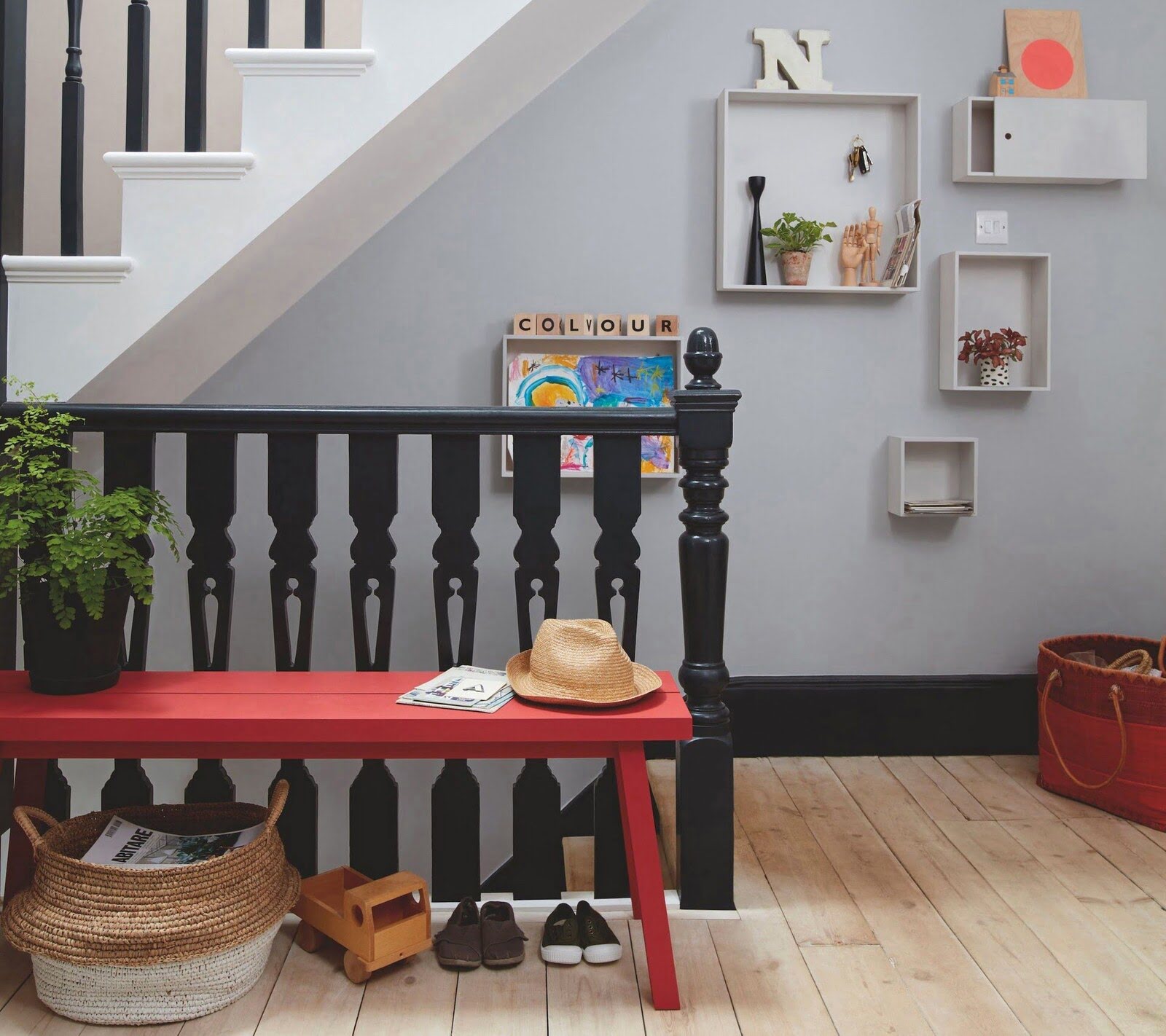


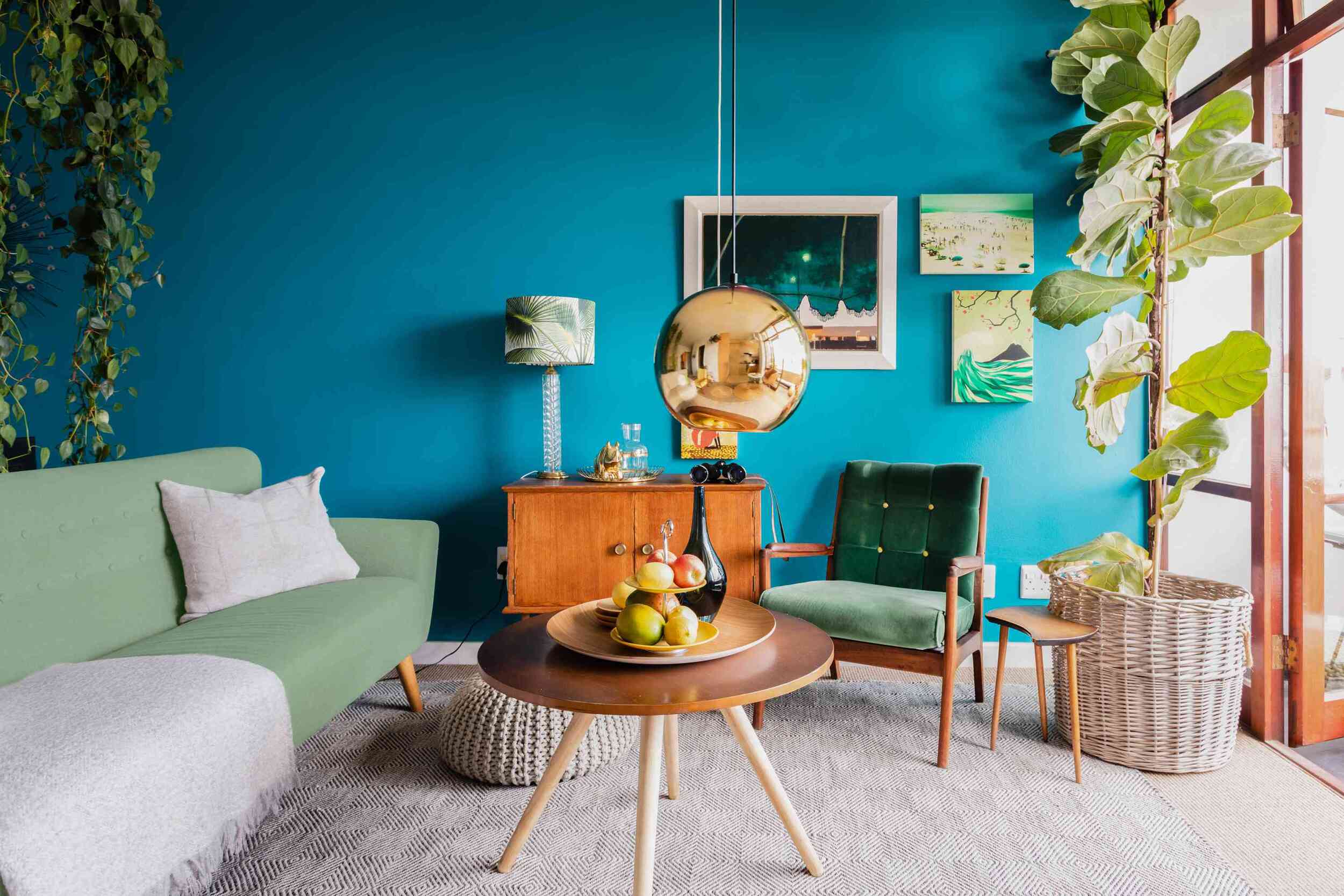



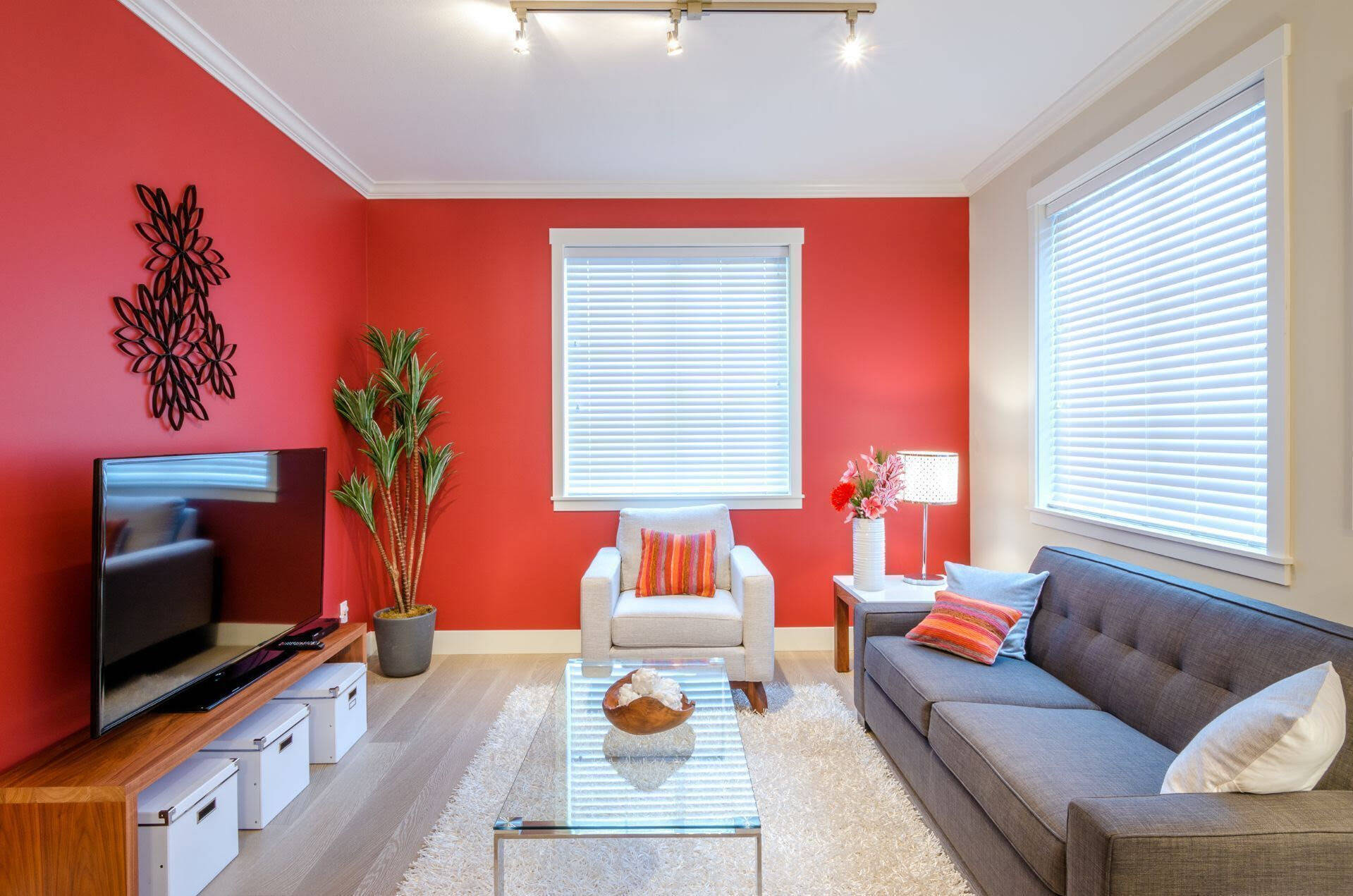

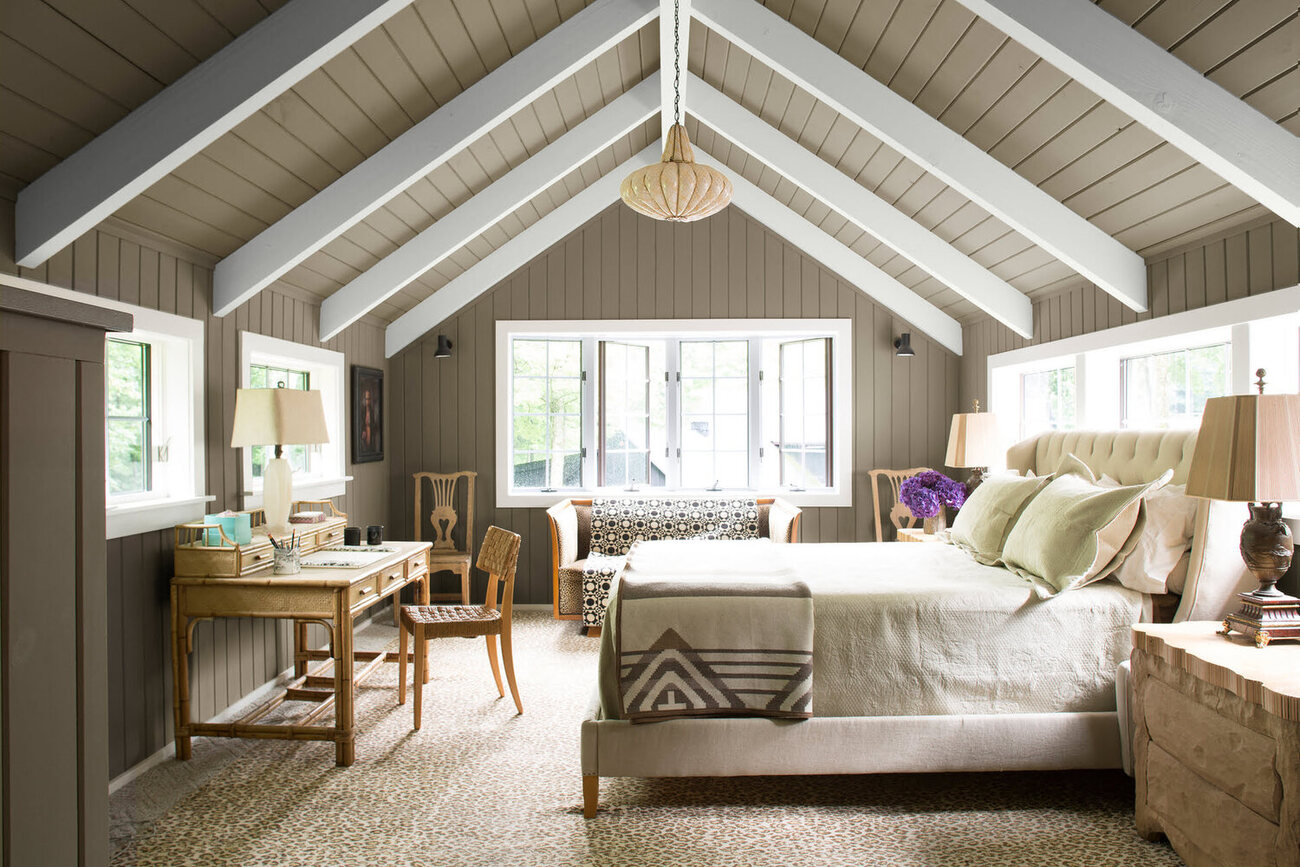
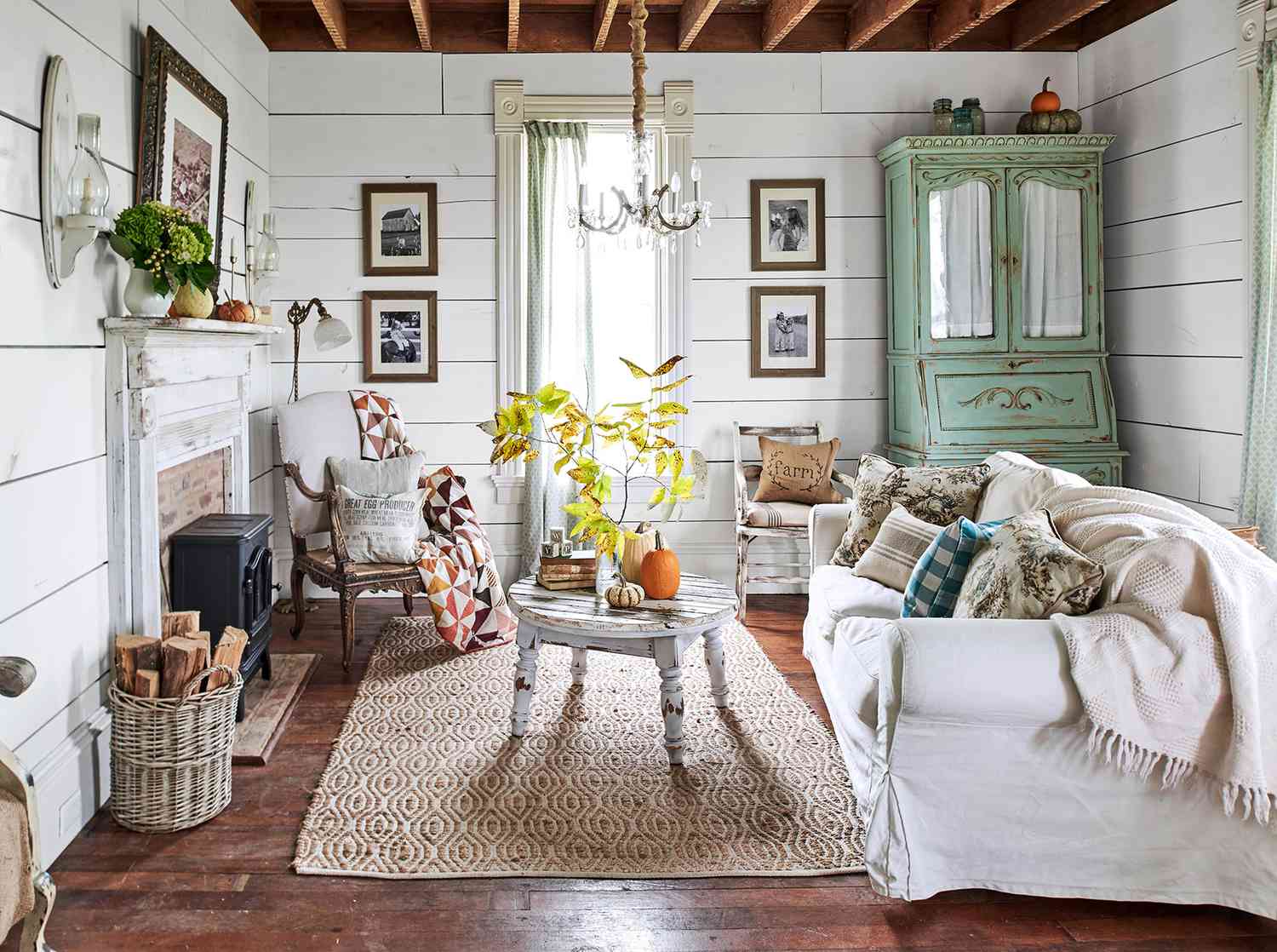


0 thoughts on “Colors To Avoid Painting Your Home After Big Life Changes”